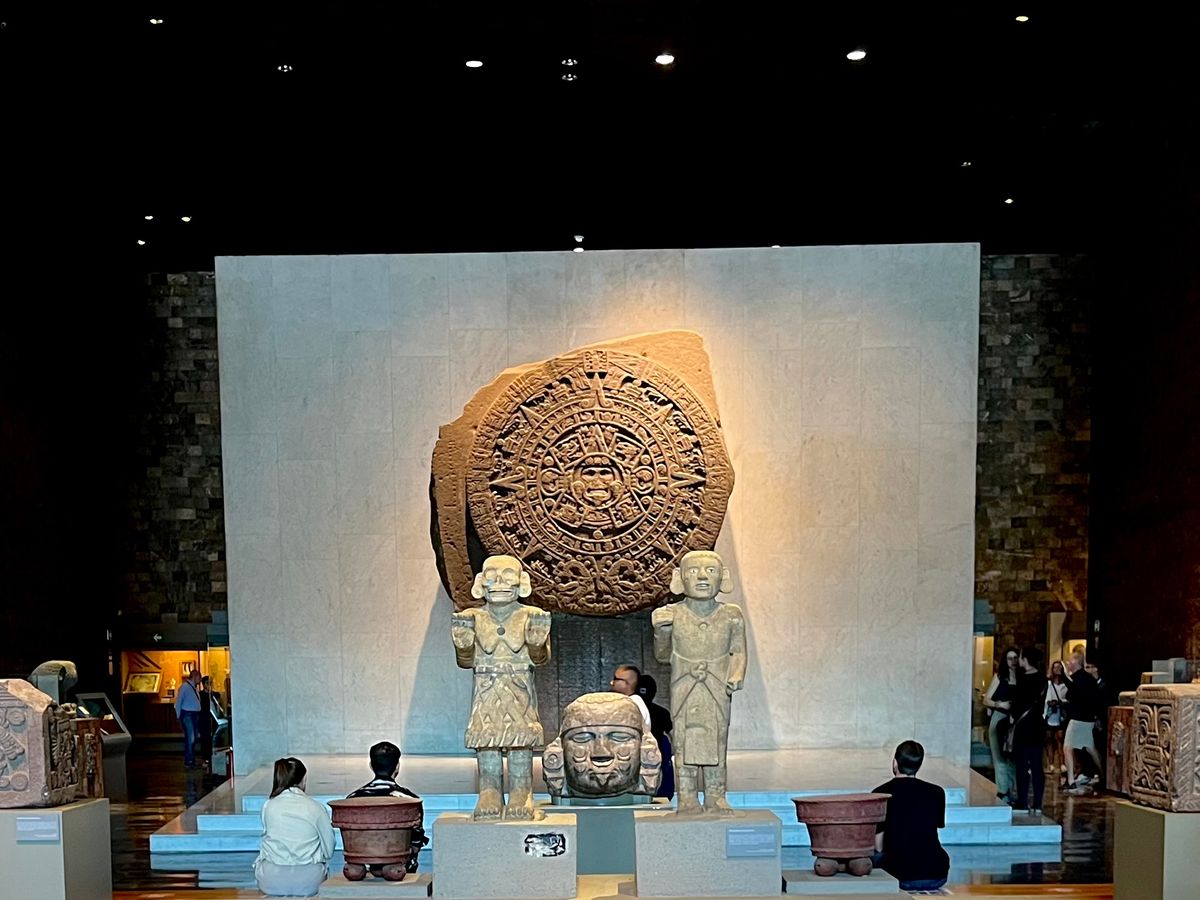Mayan Calendar Mystery Solved: A Cosmic Connection Found

A recent study has finally unraveled the mystery behind a Maya calendar that has confounded scientists for decades. The calendar in question had 819 days, a unique number that has long puzzled experts. However, a team of anthropologists from Tulane University has now discovered that multiples of this number align with the planetary rhythms visible to the naked eye, highlighting the advanced astronomical knowledge of these ancient people.
The Mayan civilization emerged more than 2,500 years ago and prospered in Central America until the arrival of Europeans in the 16th century. Known for their monumental architecture, intricate pyramids, ceremonial ballcourts, and causeways, the Mayan people also developed an advanced understanding of astronomy, mathematics, agriculture, and other sciences. Although this civilization has waned in recent times, modern Mayan peoples in Belize, El Salvador, Guatemala, Honduras, and Mexico still engage in traditional practices and speak Mayan dialects.
Mayan peoples developed several calendars to track celestial motion, seasonal changes, and ritual festivals. The most significant was the 260-day Tzolkin, while the mysterious 819-day calendar remained unexplained until now. Previous theories suggested that the calendar could be related to synodic periods, the time it takes for a planet to appear in the same position in the sky to an observer on Earth. However, this idea seemed to fall apart for other planets.
Anthropologists John Linden and Victoria Bricker from Tulane University propose that by multiplying the calendar length to 20 periods of 819 days, the synodic periods of all the visible planets sync up with station points in the larger calendar. Linden and Bricker envision the 819-day count as a single cycle in a much larger timescale, producing an elegant match with the synodic periods of planets visible to the naked eye, such as Mars and Jupiter.
The proposed calendar also syncs up with the 260-day Tzolkin, suggesting that many timekeeping cycles were integrated with one another. While this study provides a satisfying answer to the enigma of the 819-day calendar, Maya researchers continue to discover new insights about this Mesoamerican culture, and more mysteries await exploration.



Comments ()